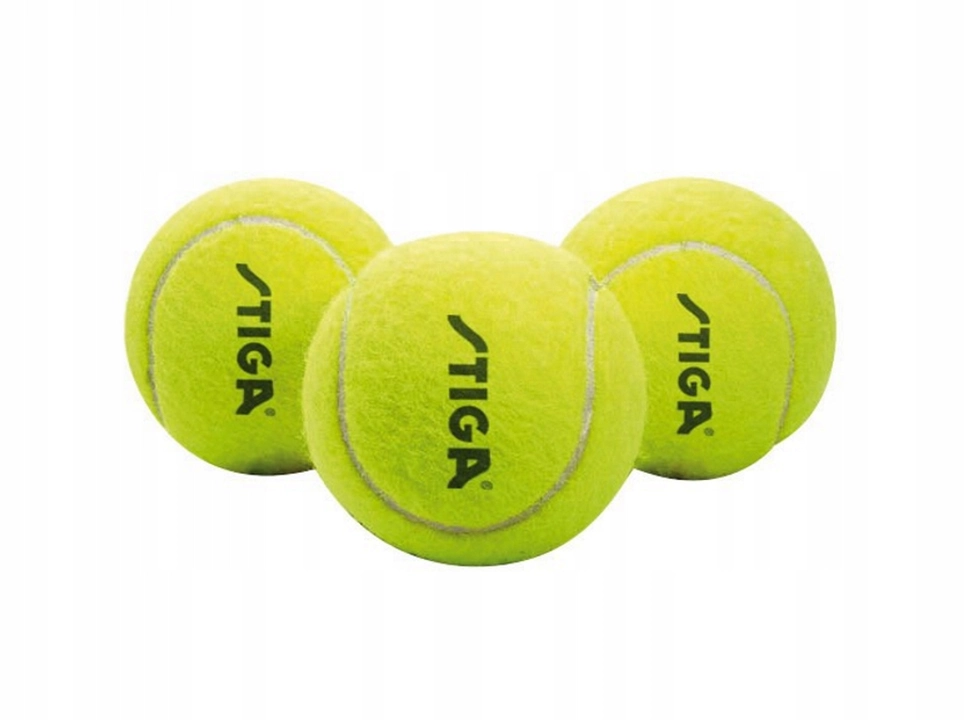
Introduction: The Curious Case of Tennis Ball Numbers
As a tennis enthusiast and avid player, I've always been curious about the seemingly arbitrary numbers printed on tennis balls. Why is it that tennis balls are only numbered 1, 2, 3, and 4? In this article, we'll explore the reasons behind this numbering system and dig into the fascinating world of tennis ball manufacturing.
Understanding Tennis Ball Basics
Before we delve into the reason behind the numbering system, let's take a moment to understand the basics of tennis balls. Tennis balls are made of rubber and are covered in felt, which is typically yellow for increased visibility. They are designed to have a consistent bounce and flight, making them ideal for tennis matches. The International Tennis Federation (ITF) sets strict guidelines for the size, weight, and bounce of tennis balls to ensure fair play.
Why Tennis Balls Have Numbers
The numbers on tennis balls serve a practical purpose: they help players and officials easily identify which balls belong to which court during a match or practice session. In a tennis club or tournament setting, multiple games often take place simultaneously on adjacent courts. The numbered balls help prevent confusion and ensure that each court's balls stay separate.
Match Convenience: Keeping Track of Tennis Balls
When playing a match, it's important to keep track of your tennis balls. Using balls with different numbers allows players to quickly and easily identify their own balls, ensuring they don't inadvertently mix them up with their opponent's or neighboring court's balls. This helps maintain the integrity of the match and prevents disputes over whose ball is whose.
Minimizing Wear and Tear
Another benefit of using numbered tennis balls is that it helps players minimize the wear and tear on their balls. By rotating through numbered sets, players can ensure that each ball is used evenly, extending the life of their tennis balls and maintaining consistency in their performance.
The Manufacturing Process: How Tennis Balls Get Their Numbers
Ever wondered how tennis balls get their numbers? The manufacturing process for tennis balls is quite involved, with several stages designed to produce a ball with the perfect balance of bounce, durability, and performance. The numbering process is a relatively simple step in the overall production.
Printing the Numbers
Once the tennis balls have been molded, pressurized, and covered in felt, they are ready for numbering. A machine applies a specialized ink to the felt, imprinting the number onto the ball. This ink is designed to withstand the wear and abrasion that comes with regular play, ensuring the number remains visible throughout the life of the ball.
Why Only Four Numbers?
Now that we understand the purpose and process behind numbering tennis balls, the question remains: why are there only four numbers? The answer is quite simple: four numbers are sufficient to serve their purpose. In most tennis club or tournament settings, the likelihood of more than four adjacent courts having balls in play simultaneously is quite low. With four distinct numbers, players and officials can easily differentiate between the balls from different courts.
A Matter of Practicality
While more numbers could be added to the mix, the additional complexity would not provide any significant benefits. In fact, it could make identifying balls more difficult and time-consuming. The four-number system is a practical and efficient solution for keeping track of tennis balls during play.
Conclusion: The Simple Genius of Tennis Ball Numbers
So there you have it! The numbering system for tennis balls is a practical and efficient way to ensure that balls stay where they belong and that matches run smoothly. While it may seem like a small detail, the simple genius of this system is a testament to the thought and care that goes into every aspect of the game we love. So the next time you step onto the court, take a moment to appreciate the humble tennis ball and its trusty number.
May, 10 2023